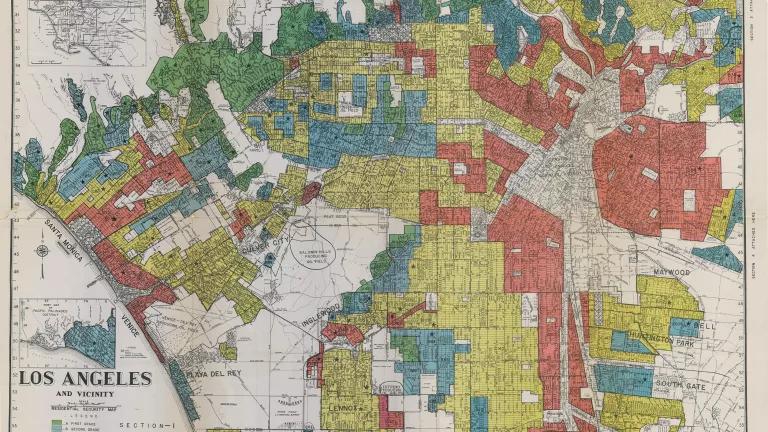It's Time for Southern California Governments to Start Walking the Walk (and Biking the Bike)
Yesterday a prominent committee of the Southern California Association of Governments (SCAG) recommended a preferred alternative for its 2012 Regional Transportation Plan and SB 375 Sustainable Communities Strategy that increases the amount of money committed to biking and walking throughout the Southland.
It’s about time. More than 20% of all trips in the region are made by bicycle or on foot, yet, even with the new funding in this plan, the region still only spends 1.3% of its transportation dollars to make those trips easier and safer. We don’t think that’s enough.
And voters agree. As I blogged earlier this week, voters overwhelmingly support increased funding for safe bicycle and pedestrian facilities. In fact, if it were up to them, 14% of transportation funds would go to biking and walking—that’s a lot more than the current 1.3%. More than any other issue, this subject dominated the hearing’s public comment period; most notably, a number of physicians called on SCAG to increase funding in the interests of public health. Many also commented on the overwhelming preference expressed by the voters for public transportation over new roads, covered Thursday in the LA Times.
Larry McCallon, former SCAG Board President, agreed: “Our community is actively pursuing active transportation and safe routes to school, because it makes sense. You’ve got to get out there and protect your children.”
We couldn’t agree more. But is funding a paltry 1.3% enough to do that? We don’t think so. Equity, safety and the environment demand more than that.
Fortunately, there’s time to improve the plan. The next milestone is the December 1, 2011 vote of the full Regional Council to release the preferred alternative to the public for review. As SCAG continues to refine the plan, we strongly recommend that they respond to the overwhelming support expressed at the hearing and through the survey, and increase funding for both active transportation and public transportation. The final plan will be adopted in April, 2012.



